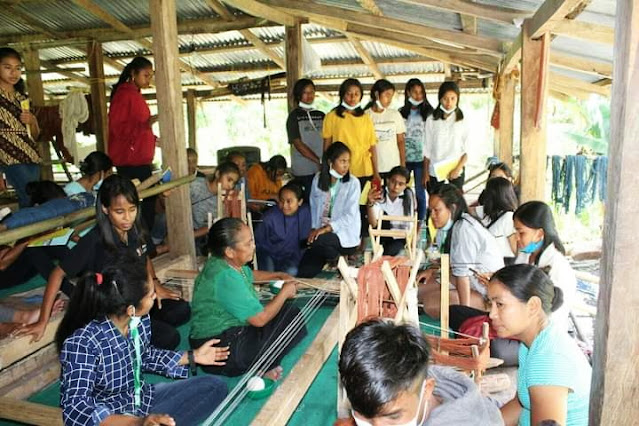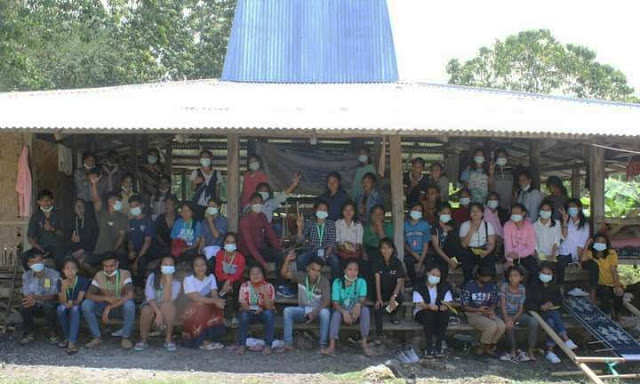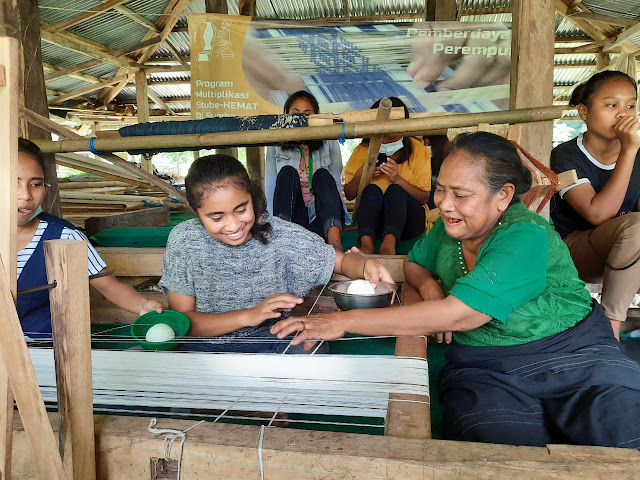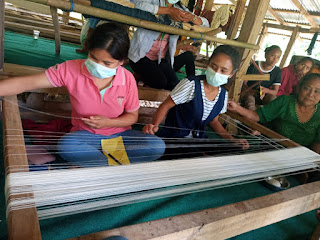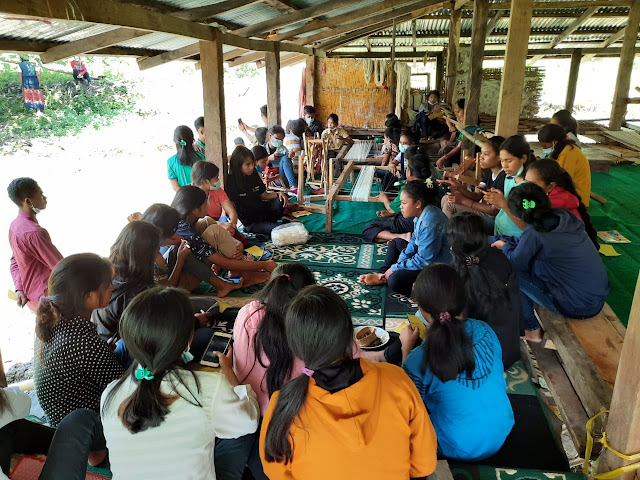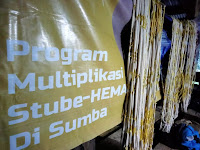Sumba Youth Symposium
Sunday, 28 March 2021by adminstube
(Youth Group of Tanatuku, Childfund, & Multiplication of Stube HEMAT in Sumba)
The participation of youth in various activities will strengthen their capacity to increase and to manage the potencies of their village. NGO Childfund Indonesia as one of the youth observer institutions provide attention and opportunity for young people to be actively involved in various positive and constructive activities. Together with Karang Taruna (Youth group) in Tanatuku village, Childfund Indonesia collaborated with the Multiplication of Stube-HEMAT in Sumba to organize National Youth Capacity Enhancement (NYCE) activities and a Symposium for young people throughout Sumba. This activity was held in Tanatuku village, Nggaha Ori Angu district, followed by 80 young people from 10 villages spread over 3 districts in East Sumba. One of the activities that became the focus of the program was a study visit in several locations whose potencies were developed by the youth of the village themselves, such as the Stube-HEMAT weaving group.
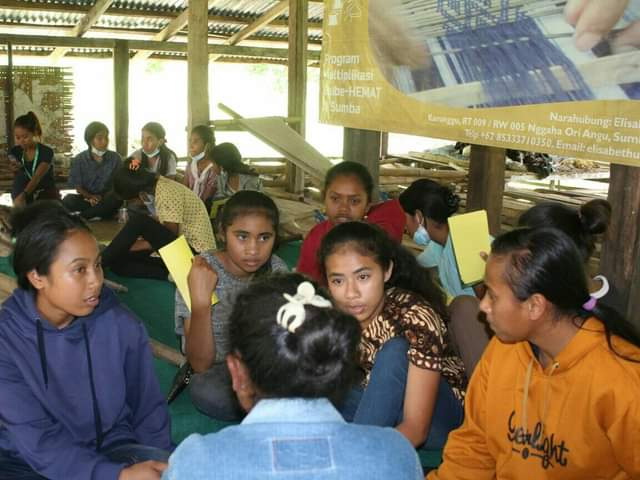
On Friday (26/03/ 2021), 40 participants visited the Stube-HEMAT weaving learning house. There were many new things that they asked and learned. Such as the background of the establishment of the weaving group, the stages of weaving, the looms to the direct practice of winding the yarns. Elisabeth Uru Ndaya, the head of the local youth group organization as well as the chairman of the youth symposium committee, the mentor of the weaving group (Multiplicator of Stube HEMAT in Sumba) encouraged and motivated the participants who joined to think about their youth by doing productive activities, working and producing something useful for him/her, as well as for others, especially young people who are agents of change to continue working to give positive effect to people around them.
On the occasion, the member of the weaving group explained the stages of weaving as well as looms to the symposium participants. Most of them admitted that it was the first time they had seen and tried the weaving process themselves, such as winding a thread. They appreciated the enthusiasm of the weaving group members who initially did not understand weaving, but finally able to teach the stages of weaving.
Minto, a young man from Pambotanjara village, Kota Waingapu, a management student at Wirawacana Christian University in Sumba, gave a good impression to the group members who were engaged in weaving even though they were not descendants of weavers; he also asked what the main reason for the formation of a weaving group in the advanced and modern era was. Sherly, one of the weaving group member, who is also a member of the local youth organization responded, “We realize that weaving is a Sumbanese culture, so we need to take part in preserving the existing culture, as well as supporting the economic condition because whatever the job is, we want to weave or be a farmer if it brings income for welfare, we are all interested,” she said.
Hopefully, this youth symposium will open up the insight and the mindset of the village youth to optimize their youth age by doing positive things and being able to manage the potencies of their villages. ***
